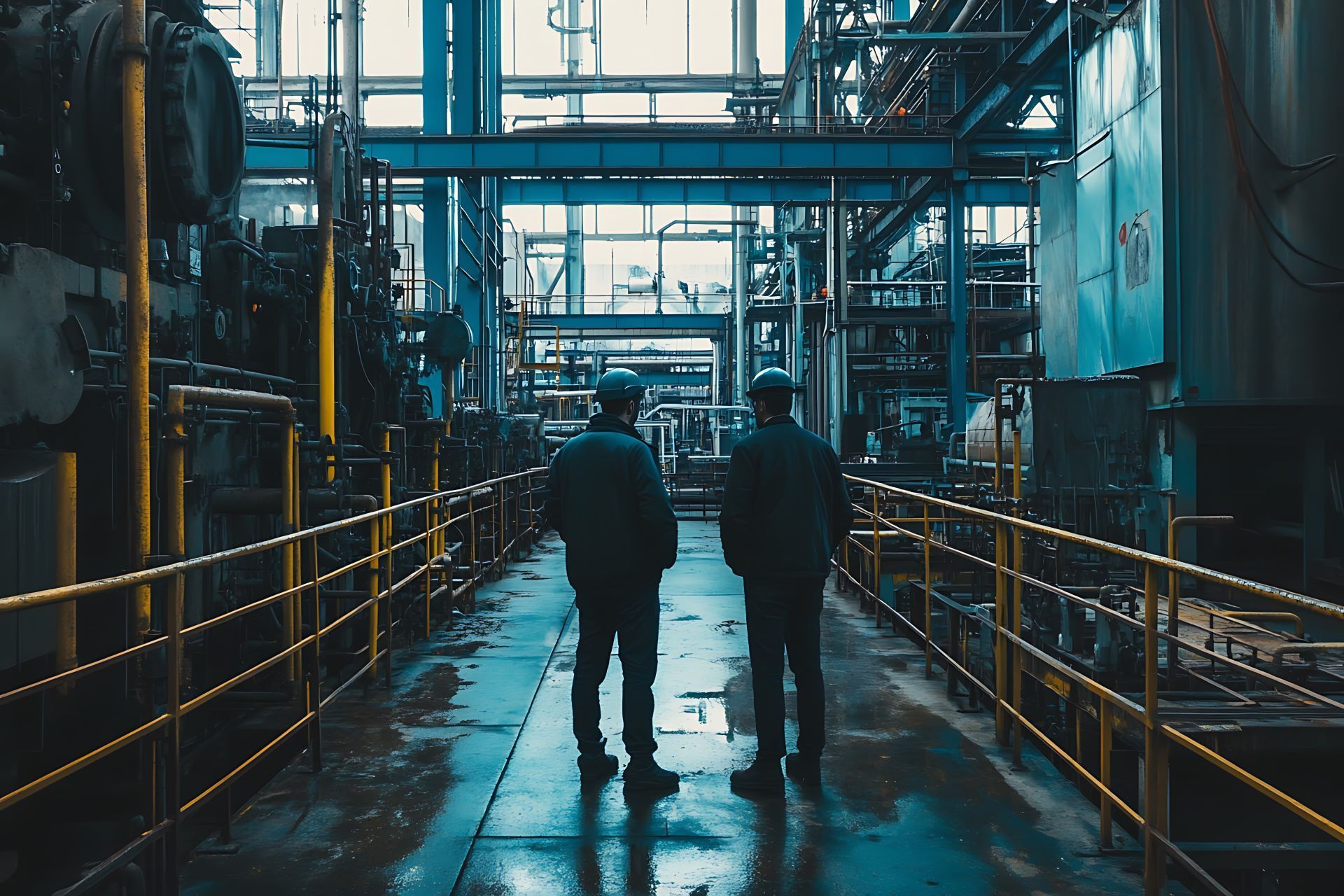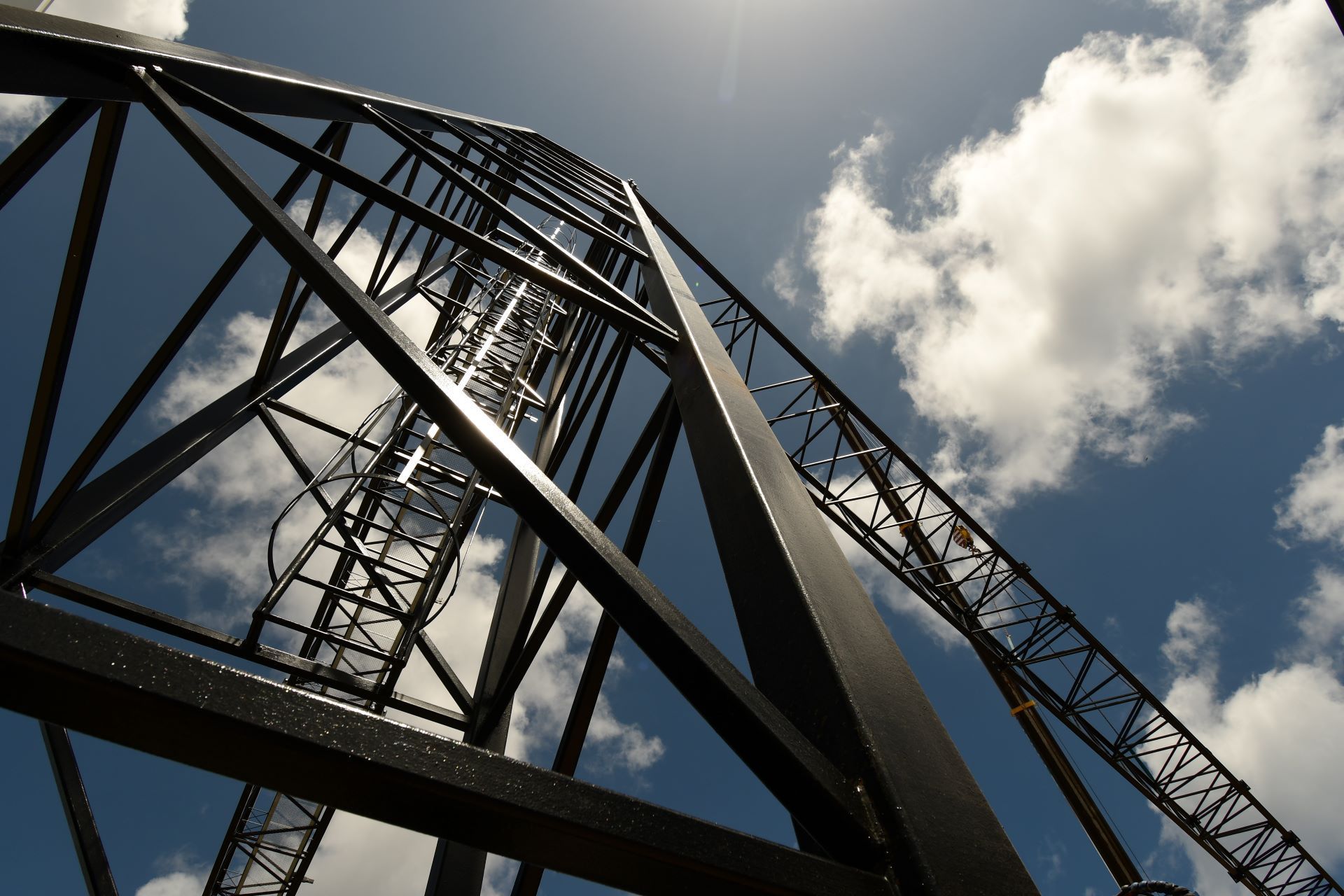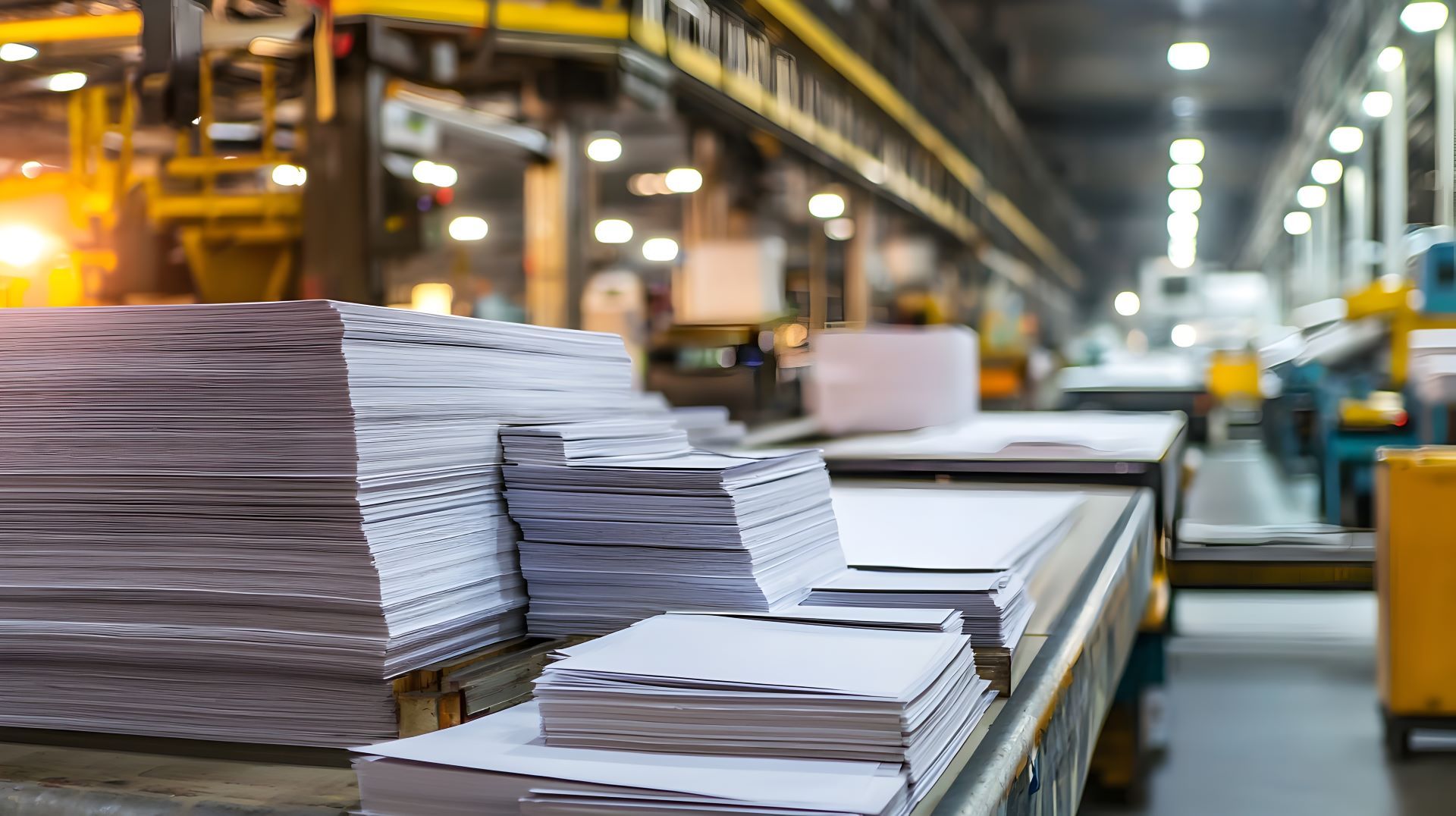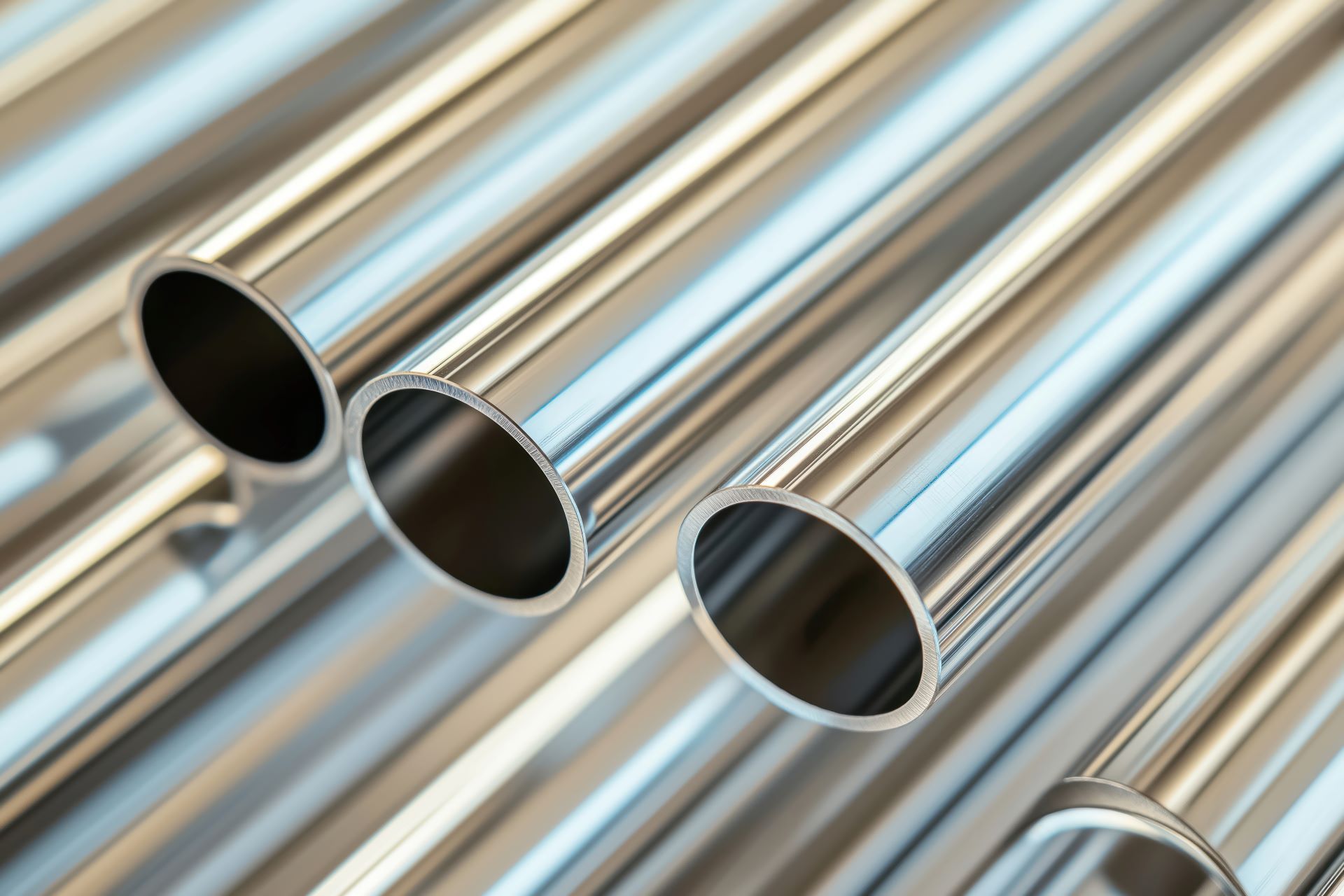Aluminum Plate vs. Sheet for Aerospace: Which Material Delivers Better Performance?
In aerospace manufacturing, precision, strength, and weight optimization are non-negotiable. Every component, from fuselage panels to structural reinforcements, must be engineered to meet rigorous performance standards while keeping aircraft light, efficient, and safe. That’s why the choice between aluminum plate vs. sheet plays such a pivotal role in aerospace projects.
Though they are often confused or used interchangeably, aluminum plate and sheet are distinct products with specific performance profiles. Each offers unique advantages depending on how they’re manufactured, how thick they are, and how they’ll be used in flight-critical systems or aerospace infrastructure.
For buyers, engineers, and fabricators sourcing aerospace aluminum materials, understanding these distinctions can streamline material selection, support regulatory compliance, and improve the performance to-weight ratio in the final product.
What’s the Difference Between Aluminum Plate and Sheet?
The terms “plate” and “sheet” refer to aluminum products of different thicknesses, but the distinction goes beyond dimensional measurements. While thickness is the primary differentiator, material form often aligns with how the aluminum is processed, stocked, and used in production.
Aluminum sheet is typically defined as rolled material that is between 0.006 inches and 0.249 inches thick, while aluminum plate is anything 0.25 inches (¼") or thicker. Though they can be made from the same alloys and may share similar surface finishes, their applications diverge due to strength requirements, weight targets, and fabrication methods.
Sheet is most often used in aerodynamic cladding, ductwork, fairings, and skins, while plate is favored for heavily loaded structural parts, landing gear supports, frames, and bulkheads.
Aerospace Requirements and Material Standards
The aerospace sector is governed by strict industry standards. Material must be certified to specifications such as AMS (Aerospace Material Specifications) or ASTM B209 depending on alloy and product type. Additionally, compliance with AS9100, ISO 9001, and ITAR may be required for suppliers serving the aerospace industry.
Choosing the correct aluminum form is a critical early step in aligning with these standards. Plate and sheet are stocked and traced differently, and their mechanical properties especially under fatigue must be properly documented. Aerospace buyers rely on fully traceable materials with mill test reports (MTRs), which are a core part of Action Stainless’s value-added offering.
Performance Comparison: Aluminum Plate vs. Sheet
The chart below summarizes the key technical and practical differences between aluminum plate and sheet in aerospace applications:
| Characteristic | Aluminum Sheet | Aluminum Plate |
|---|---|---|
| Typical Thickness | 0.006" to 0.249" | 0.25" and above |
| Weight | Lighter | Heavier |
| Strength | Suitable for light-duty aerospace panels | Used for structural, load-bearing components |
| Formability | Excellent; easily bent, stamped, or drawn | Less flexible; better for milling or machining |
| Common Alloys | 2024-T3, 6061-T6, 7075-T6 | 7050-T7451, 7075-T7351, 6061-T651 |
| Applications | Skin, interior panels, fairings, ducting | Wing spars, bulkheads, engine mounts |
| Certifications | AMS, ASTM B209, MTR compliant | AMS, ASTM B209, AS9100, ITAR available |
| Cost | Generally lower per lb or sq ft | Higher due to thickness and processing |
Alloy Considerations for Aerospace Use
Selecting the right alloy is just as important as selecting plate or sheet. Each aluminum alloy has a unique strength-to-weight ratio, fatigue resistance, and corrosion profile.
7075-T6 and 7050-T7451 are among the most common for high-strength aerospace components, particularly where fatigue resistance is critical. These are generally available as plate due to their higher strength needs. Conversely, 2024-T3 and 6061-T6 are often used in sheet form for skins and frames.
6061 is especially valued for its corrosion resistance and machinability, making it a versatile choice in both plate and sheet form depending on structural demands. Action Stainless offers a range of 6061 aluminum options in flat-rolled and plate products ideal for aerospace buyers who need material versatility and inventory availability.
When to Choose Aluminum Sheet
Aluminum sheet shines in applications where lightweight cladding, aerodynamic shaping, and excellent corrosion resistance are priorities. The material’s thinness allows it to be cut, formed, and installed with speed vital in environments where cost, speed, and material handling are closely monitored.
Typical aerospace uses include:
- Aircraft skins and fuselage covers
- Interior partitions and fairings
- Fuel tank covers and duct enclosures
- Protective shielding for avionics
Thanks to its flexibility and consistent surface finish, aluminum sheet also lends itself well to anodizing or painting, which is important for appearance and surface protection in aerospace interiors.
When to Choose Aluminum Plate
Plate is chosen when structural integrity must be maintained under load or pressure. Its higher thickness provides superior stiffness and durability, even in highly machined or milled parts. In aerospace applications, this translates to reliability in components that anchor assemblies, absorb vibrations, or endure frequent thermal cycles.
Common aerospace applications for plate include:
- Wing spars and landing gear supports
- Bulkheads and frame components
- High-load brackets and engine mounts
- Transport jigs, ground support equipment
Fabrication Differences Between Plate and Sheet
Because of their thickness and rigidity differences, aluminum sheet and plate require different tooling, handling, and joining methods. Sheet is usually cut using shearing, laser, or CNC turret punches. It’s often bent or drawn into aerodynamic shapes and fastened with rivets or spot welds.
Plate, on the other hand, is more commonly saw-cut or machined using mills and routers. For thicker gauges, waterjet or plasma cutting is preferred to avoid edge deformation. The weldability of each alloy can vary, especially for high-strength options like 7075, which often requires precision TIG welding.
Action Stainless supports both formats through in-house sawing, shearing, and waterjet services, with full traceability and MTR support. Our teams understand how material form impacts downstream processes, making it easier for fabricators to meet tight aerospace tolerances.
Inventory, Lead Time, and Supplier Considerations
In aerospace production, sourcing reliability is just as critical as material performance. Delays in receiving certified materials can disrupt schedules, increase costs, and stall progress in complex builds.
That’s why Action Stainless maintains ready to ship inventory of aluminum plate and sheet in high-demand aerospace alloys. We offer fast turnaround on processing and full document support including MTRs, lot traceability, and packaging suited for aerospace transit. Our facilities are AS9100-compliant, ensuring that quality standards are met across every order.
Making the Right Material Choice
Deciding between aluminum plate vs. sheet for aerospace applications comes down to functional performance, weight optimization, and required certification. Sheet is optimal for thin, aerodynamic surfaces and non-structural parts, while plate is necessary when strength, rigidity, and load resistance cannot be compromised.
Working with a supplier that understands the needs of aerospace OEMs and contract fabricators can reduce guesswork and ensure better outcomes in complex builds. Action Stainless brings decades of experience supporting aerospace programs, offering both deep aluminum expertise and a strong logistical backbone.
Frequently Asked Questions (FAQs)
What is the thickness difference between aluminum plate and sheet?
Sheet is typically 0.006" to 0.249" thick, while plate starts at 0.25" and above.
Is aluminum plate stronger than sheet for aerospace use?
Yes. Plate is thicker and more suitable for structural applications where strength and load-bearing are critical.
Which aluminum alloys are most used in aerospace?
Common aerospace alloys include 2024, 6061, 7050, and 7075, each selected based on strength, fatigue resistance, and weight.
Do aerospace applications require certified aluminum?
Absolutely. Most aerospace programs require materials that meet AMS or ASTM specifications, along with MTRs and traceability.
Can Action Stainless provide aluminum with certifications?
Yes. We supply aerospace-grade plate and sheet with full documentation, traceability, and compliance support.
Conclusion: Precision Starts with the Right Form
When selecting between aluminum plate vs. sheet, aerospace engineers and buyers must weigh not just the thickness, but how the material supports long-term performance, regulatory requirements, and fabrication workflows.
With reliable sourcing, in-stock materials, and value-added cutting and traceability services, Action Stainless ensures that your next aerospace project is backed by experience, accuracy, and speed. Whether you're forming aerodynamic skin or building structural assemblies, we deliver the right aluminum materials every time.






